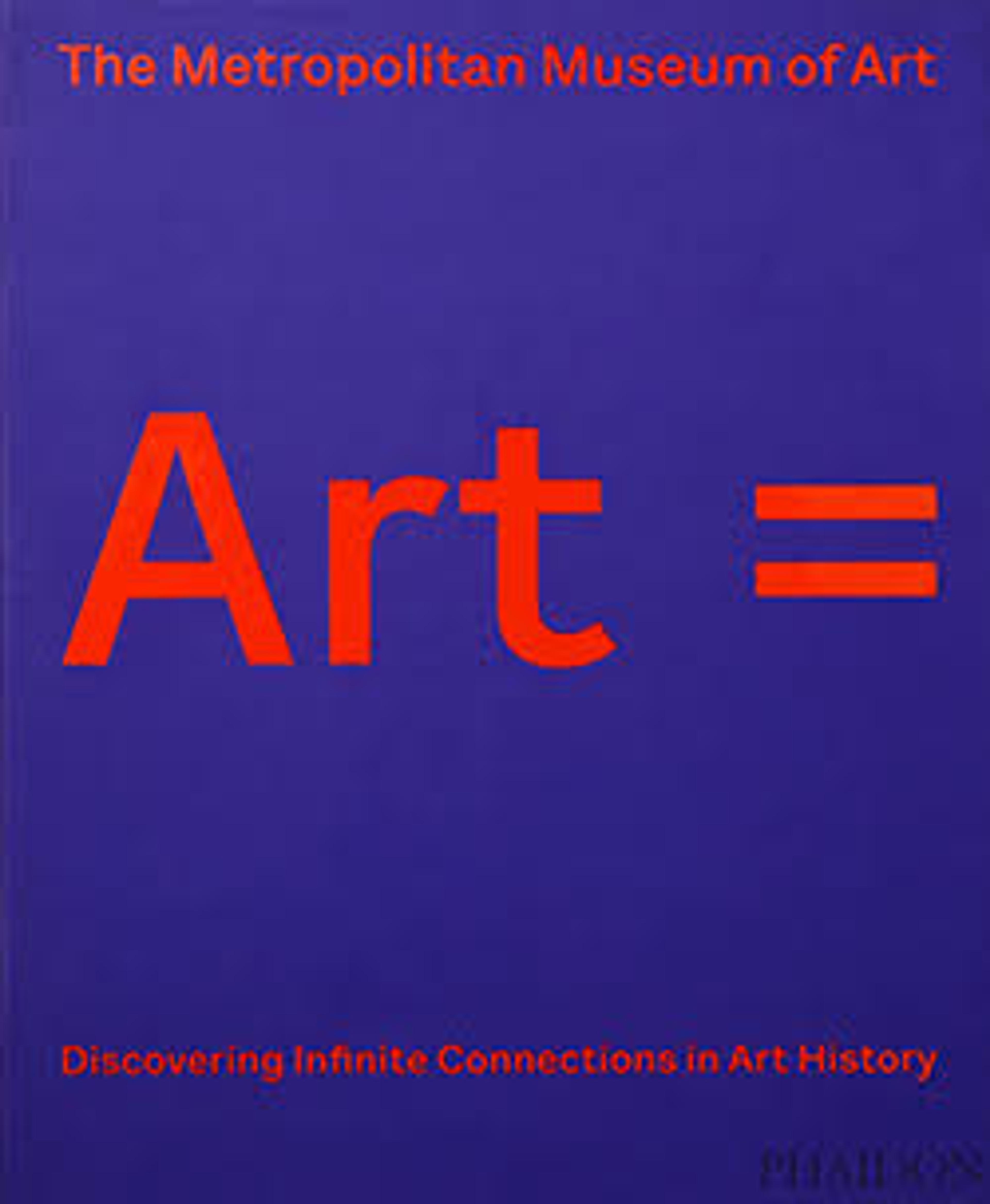Fancy dress costume
In late nineteenth-century Europe and America, invitees to elaborate costume balls went to great lengths and expense in planning their "fancy dress" attire. Those who could afford it commissioned the House of Worth to manifest their fantasies. This rare costume is in fact an authentic Turkish woman's ensemble, heavily embroidered in gold by Turkish artisans, that was refashioned at the House of Worth into the form-fitting silhouette of the 1870s. The voluminous drawstring pants retain their original form, but the formerly loose bodice was completely remade, presumably at the behest of the client, and the embroidery artfully integrated into the new cut of the garment. It was not uncommon for couture clients of the era to commission custom designs using fabrics or decorative trims they had purchased themselves, often during their travels.
This Turkish style costume exhibits the European and American fascination with Turkish dress which stems from the 18th century and endured throughout the 19th and early 20th centuries. This trend culminated in 1911 with Paul Poiret's "harem" pants and Turkish themed fancy dress ball, "1002nd Night." This style of pants also saw widespread use in the early 19th century for water exercises.
Charles Frederick Worth was born in England and spent his young adulthood working for textile merchants in London while researching art history at museums. In 1845 he moved to Paris and worked as a salesman and a dressmaker before partnering with Otto Bobergh to open the dressmaking shop, Worth and Bobergh, in 1858. They were soon recognized by royalty and major success followed. In 1870 Worth became the sole proprietor of the business. At his shop, Worth fashioned completed creations which he then showed to clients on live models. Clients could then order their favorites according to their own specifications. This method is the origin of haute couture. Worth designed gowns which were works of art that implemented a perfect play of colors and textures created by meticulously chosen textiles and trims. The sheer volume of the textiles he employed on each dress is testimony to his respect and support of the textile industry. Worth's creative output maintained its standard and popularity throughout his life. The business continued under the direction of his sons, grandsons and great-grandsons through the first half of the twentieth century.
This Turkish style costume exhibits the European and American fascination with Turkish dress which stems from the 18th century and endured throughout the 19th and early 20th centuries. This trend culminated in 1911 with Paul Poiret's "harem" pants and Turkish themed fancy dress ball, "1002nd Night." This style of pants also saw widespread use in the early 19th century for water exercises.
Charles Frederick Worth was born in England and spent his young adulthood working for textile merchants in London while researching art history at museums. In 1845 he moved to Paris and worked as a salesman and a dressmaker before partnering with Otto Bobergh to open the dressmaking shop, Worth and Bobergh, in 1858. They were soon recognized by royalty and major success followed. In 1870 Worth became the sole proprietor of the business. At his shop, Worth fashioned completed creations which he then showed to clients on live models. Clients could then order their favorites according to their own specifications. This method is the origin of haute couture. Worth designed gowns which were works of art that implemented a perfect play of colors and textures created by meticulously chosen textiles and trims. The sheer volume of the textiles he employed on each dress is testimony to his respect and support of the textile industry. Worth's creative output maintained its standard and popularity throughout his life. The business continued under the direction of his sons, grandsons and great-grandsons through the first half of the twentieth century.
Artwork Details
- Title: Fancy dress costume
- Design House: House of Worth (French, 1858–1956)
- Designer: Charles Frederick Worth (French (born England), Bourne 1825–1895 Paris)
- Date: ca. 1870
- Culture: French
- Medium: silk, metal
- Credit Line: Brooklyn Museum Costume Collection at The Metropolitan Museum of Art, Gift of the Brooklyn Museum, 2009; Designated Purchase Fund, 1983
- Object Number: 2009.300.1363a, b
- Curatorial Department: The Costume Institute
More Artwork
Research Resources
The Met provides unparalleled resources for research and welcomes an international community of students and scholars. The Met's Open Access API is where creators and researchers can connect to the The Met collection. Open Access data and public domain images are available for unrestricted commercial and noncommercial use without permission or fee.
To request images under copyright and other restrictions, please use this Image Request form.
Feedback
We continue to research and examine historical and cultural context for objects in The Met collection. If you have comments or questions about this object record, please contact us using the form below. The Museum looks forward to receiving your comments.
